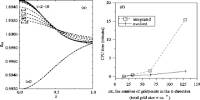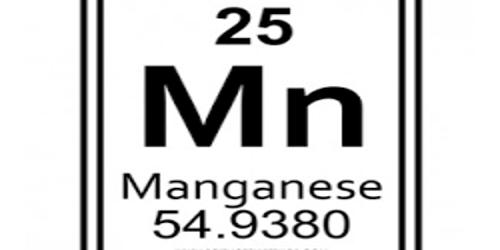Heat and temperature are two different quantities. The essential difference between heat and temperature is that Heat is that the variety of energy that transfers from hot body to cold body. Its unit is the joule. While the temperature is the degree of hotness and coldness of the body.
Definition of Heat –
Heat is the total energy of the motion of the molecules of a substance whereas the temperature refers to the measure of the average energy of the motions of the molecules in the substance. The heat is dependent on factors like the speed of the particles, the size of the particles, and the number of particles, etc.
The transfer of heat can take place in three ways, which are –
- Conduction: Heat transfer between molecules which are in direct contact with each other, without the movement of particles.
- Convection: The transfer of heat that takes place due to the movement of particles from one place to another is convection.
- Radiation: When the heat is transferred through a medium or vacuum, wherein space in between, is not heated up.
Heat is an important form of energy. It is necessary for our survival. We need it to cook our food and to maintain our body temperature. Heat is also needed in various industrial processes. How to protect ourselves from high as well as low temperature, needs knowledge of how heat travels.
Definition of Temperature –
Temperature is defined because of the average mechanical energy of all molecules together, i.e. average energy of all the particles in an object. As a median measurement, the temperature of a substance doesn’t depend upon its size (number of particles) and sort. It identifies how hot or cold an object is, in degrees. It also measures, the speed of atoms and molecules of the substance.
The temperature, on the other hand, is independent of these factors. For example, let’s compare a tub of water with a cup of water. The water in the tub and the cup can be at the same temperature but by the virtue of the number of particles in the tub, the water in the tub has more thermal energy in it and thereby more heat even though they have the same temperature.
To understand the concept of temperature, it’s useful to grasp the terms, thermal contact, and equilibrium. To store ice in summer, people wrap it with a cloth or keep it in a very wooden box or during a vacuum bottle. During this way, they avoid the thermal contact of ice with its hot surrounding otherwise ice will soon melt away. Similarly, once you place a cup of hot tea or water during a room it cools down gradually. Does it continue cooling? It stops cooling because it reaches the area temperature. Thus, temperature determines the direction of the flow of warmth. Heat flows from a hot body to a chilly body until equilibrium is reached.
Key Differences Between Heat and Temperature –
The differences between heat and temperature can be drawn clearly on the following grounds:
Heat –
- The heat of an object is the total energy of all the molecular motion inside that object.
- Heat measures both kinetic and potential energy contained by molecules in an object.
- The main feature of heat is that it travels from a hotter region to a cooler region.
- Heat is a measure of the number of atoms multiplied by the energy possessed by each atom.
- Heat is a form of energy; its units are those of energy, namely, the joule (J) in the SI system.
- Calorimeter is a device, which is used to measure the heat, and it is represented by ‘Q’.
Temperature –
- Temperature determines the direction of the flow of heat.
- Temperature is something that measures the intensity of heat.
- Temperature is the measure of the thermal energy or average heat of the molecules in a substance.
- Temperature rises when heated and falls when cooled, and it is used exclusively to gauge the extent of heat.
- Temperature is like a level that determines the direction in which the heat will flow. It is related to how fast the molecule within a substance are moving.
- Temperature is Kelvin, but it can also be measured in Celsius and Fahrenheit.
- Temperature can be measured by thermometer; ‘T’ is used to represent temperature.
Both heat and temperature are the concepts of thermodynamics; that work together to let the energy result hotter body to the cooler body. While heat depends on the amount of particles in an object, the temperature doesn’t depend upon a variety of particles in an object because it’s a mean measurement.
Information Sources:
















